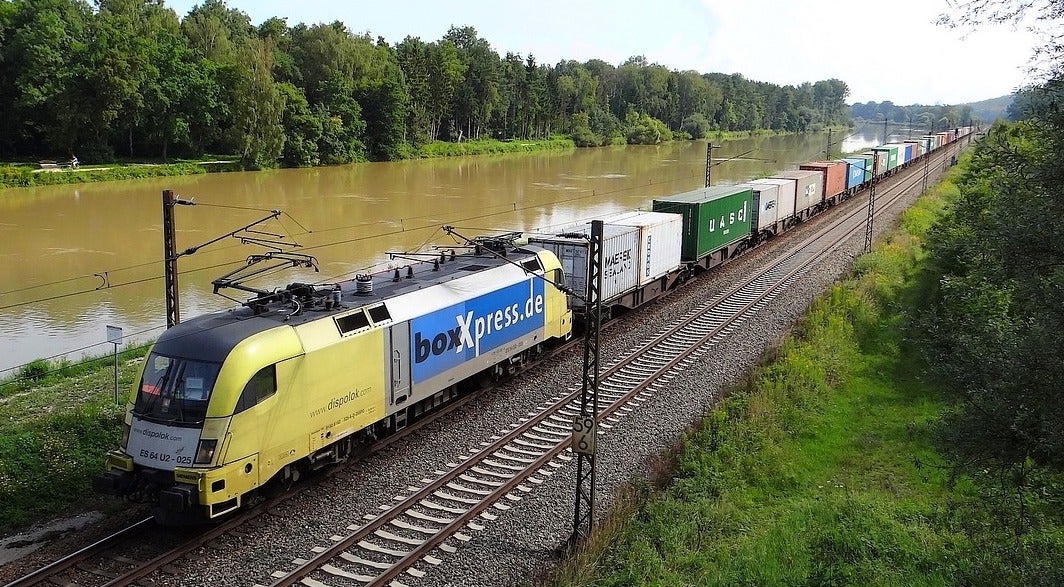Two years ago when openSUSE decided to move the base of openSUSE Leap to SUSE Linux Enterprise (SLE), they were entering uncharted territory. SLE is a tightly controlled enterprise ship that runs on mission critical systems. On the other hand openSUSE has been a community-driven project that, despite sponsorship from SUSE, is relatively independent.
It became clear, though, that moving to SLE source code would solve many problems for both members of the SUSE family. SLE would get a platform from where it can borrow the latest fully tested packages, and openSUSE Leap would get enterprise grade code base to move into CentOS and Ubuntu territory. SLE and openSUSE created a symbiotic relationship in which they were pulling content from each other.
Moving closer
“Initially when we moved the base, our utopian vision was to have a 30-30-30 split from SLE, Tumbleweed and openSUSE into Leap,” said Richard Brown, openSUSE chairman.
“The first version of openSUSE Leap (42.1) didn’t have that equilibrium and there was too much replacement of SLES components from the community. With 42.2, we moved closer and there was enough SLE and enough Tumbleweed and we inherited what we wanted from 42.1. But with the upcoming 43 release, we are exactly where we wanted to be. The base comprises SLE, so you have a fully enterprise grade base, then you have fast moving components on top of it that come from Tumbleweed, which allow you to stay updated on a very stable system. The way I look at it is upcoming release of Leap is 99.9 enterprise grade software; it’s our CentOS, just better and broader with the addition of integrated community packages,” he said.
Leap has essentially created a community platform for those developers and sysadmins who run SUSE Linux Enterprise Server (SLES) in their datacenters. The strategy to move codebase to SLES has worked. openSUSE Leap has been a success so far as now even companies like IBM contribute directly to Leap as they know that’s the best and open way to get things into SLES. Fujitsu is shipping Tumbleweed and Leap to their users, according to Brown.
Changing mission statement
Initially openSUSE’s mission statement was to “encourage use of Linux & Open Source everywhere.” But, that’s no longer the heart and soul of openSUSE. OpenSUSE has evolved beyond just a Linux distribution project. They now cater to a totally different audience — developers and sysadmins. So, openSUSE board members drafted a new mission statement: “Openly engineered tools to change your world.” The mission statement is not final yet, but once it’s discussed with the community and everyone is onboard it may become official.
“We work in open, we share our opinion, which changes over time as we learn more or things improve. We work on everything openly. What we do essentially is engineering – we help in building packages, we help in testing and we help in delivering them. We care about the process.” said Brown. “At the same time everything that we do is a tool, OpenQA is a testing tool, OBS is a packaging tool, YaST is system management tool, even our distributions Leap and Tumbleweed are tools.”
openSUSE in Windows land
Microsoft is now bringing openSUSE to Windows users, through its WSL (Windows Subsystem for Linux) initiative. Microsoft and openSUSE projects have finalized all the “paperwork” and Rich Turner of Microsoft confirmed that openSUSE for Windows is in the works.
Brown said there will be two members of the SUSE family in the Windows Store: Leap 42.2 and SLES 12. This means users will be able to install and run command-line utilities from both of these platforms. Although Leap will be available for free, SLES is subscription based. However, SUSE has started a SUSE Developer Program that offers one year free subscription of SLES. Thus, developers have access to thousands of packages, tools, and utilities through either of the two platforms.
Many free software advocates may wonder whether this will affect the user-base of Linux. If developers can access Linux utilities from within Windows, there won’t be any need to install Linux desktop anymore. Brown said, “We are a project that creates tools and it doesn’t matter which platform runs those tools. You can use them on openSUSE or Windows. The idea is to help more people use our tools and get work done,” said Brown. “I think it will actually increase the reach of Linux as now those users who would have never installed Linux will be able to use these tools. Windows has a much larger market share than Linux and these users will now have access to Linux tools.”
Incubating new ideas
As openSUSE is evolving into a project that offers tools, Brown said they are also contemplating a new project called openSUSE Incubator. Since OBS allows developers to create packages and collaborate, over time it may create some discussions around the quality of these projects.
“How do we ensure that these projects that are available through OBS are of openSUSE quality?” asked Brown. There is already an answer to that question: Apache Incubator, a place where Apache Software Foundation incubates new projects.
openSUSE will look at the projects that are not up to their standards and will mark them as Incubator. The idea is to create a fertile and nurturing environment that enables developers to bring their projects to openSUSE and see them grow. As part of the Incubator, projects will get access to OBS build service, infinite bandwidth from openSUSE mirror, and will be hosted on the openSUSE infrastructure and can be consumed by users directly.
However, that also doesn’t mean anyone can “dump” their projects at openSUSE Incubator. Brown is working on some basic guidelines to ensure that the projects at least share the same principles of openness as openSUSE, and that the projects have a few maintainers. The projects will have the option to use openSUSE branding, but Brown stresses that despite being part of openSUSE Incubator, they will remain independent when it comes to branding. Many open source projects can benefit from a project like openSUSE Incubator.
Conclusion
Overall, openSUSE community is heading in the right direction as our computing world is changing. Instead of sticking with the operating system, they are expanding their reach and catering to what developers and sysadmins need.
Connect with the Open Source community at Open Source Summit, September 11-14 in Los Angeles, CA, with over 200 sessions covering everything from Cloud and
Containers, to Security and Networking, to Linux and Kernel Development. Register now & Save $150.


